Last month, I was invited to contribute to an article by Inspection Support Network (INS), where real estate professionals shared their knowledge about staging tips to increase your home’s value. INS is a company that makes software-based tools and solutions for residential, insurance and commercial property inspections. In the article, I was asked to answer the question: “What is virtual staging?” My answer, and the answers of the other professionals featured in the article, can be found by clicking on this link.
The INS article gave me the idea to write a blog post about the topic and share some images of both traditional and virtual staging of projects that I have done throughout the years. For those who don’t know me, I used to be a professional home stager for 13 years before switching to virtual staging and design.
As you know, when it comes to staging your home for sale, there are a lot of options to choose from. You can go with the traditional approach and hire a professional stager, or you can try virtual staging. So which is the best option? Here’s a look at the pros and cons of both methods to help you decide what’s right for you. But first, let’s have a look at the difference between traditional home staging and virtual staging
What is home staging and how does it work?
Home staging is the art of preparing a house for sale. The idea is to make the house look as appealing as possible to potential buyers, so that it will sell quickly and for the best possible price. Home stagers typically start by decluttering and depersonalizing the space, and then they may rearrange or add furniture and décor to create a more appealing aesthetic. They may also suggest making some cosmetic changes, such as painting the walls or updating the light fixtures.
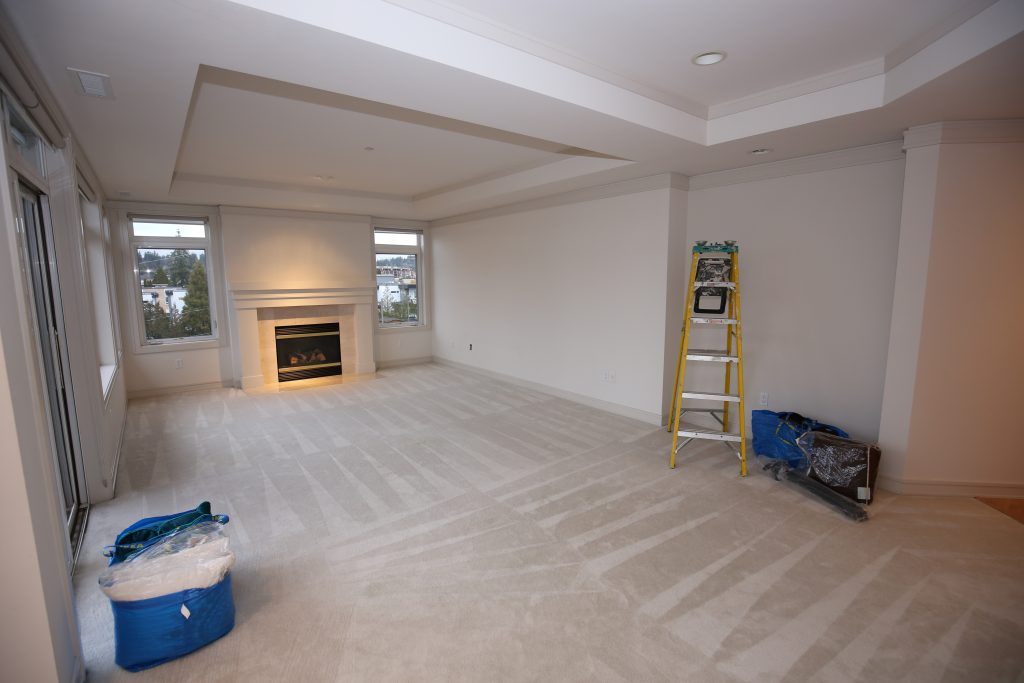
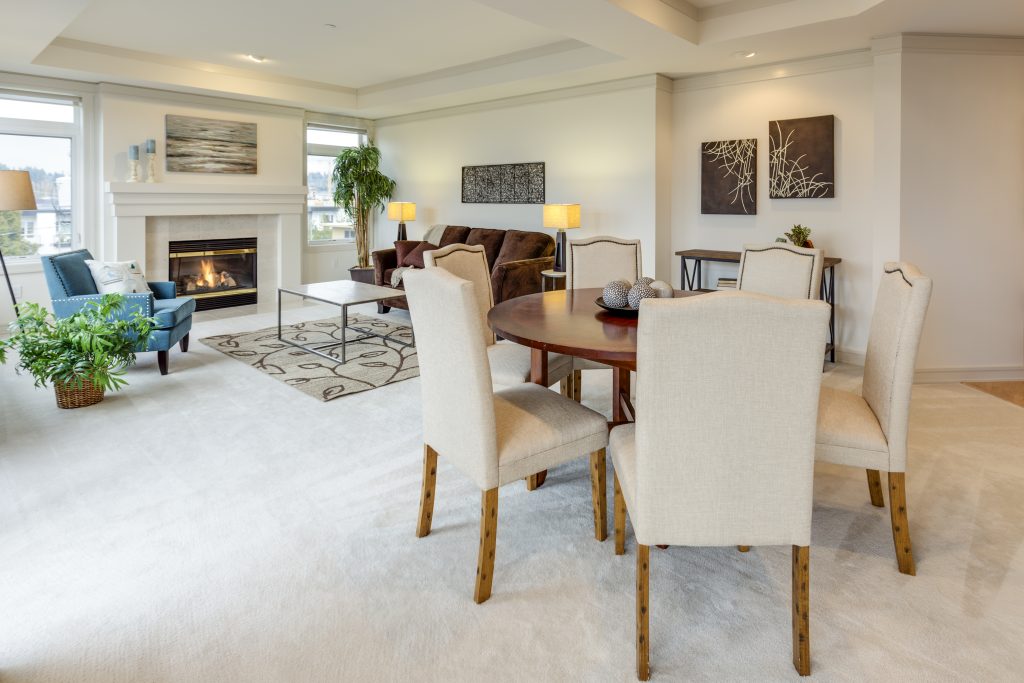
Before home staging
After home staging
What is virtual staging and how does it work?
Virtual staging is the process of using computer-generated images to furnish vacant properties, but it can also be used for occupied properties. In this case, the existing furniture is digitally replaced by a virtual one. Virtual staging helps save time and money when selling a home, as it eliminates the need to stage the property physically. It can also be used to create realistic mockups of how a space could be furnished, allowing potential buyers to understand better how the property could be used. In addition, it also has the benefit of being able to be easily changed or updated if necessary, making it a versatile and adaptable marketing tool for many real estate agents.
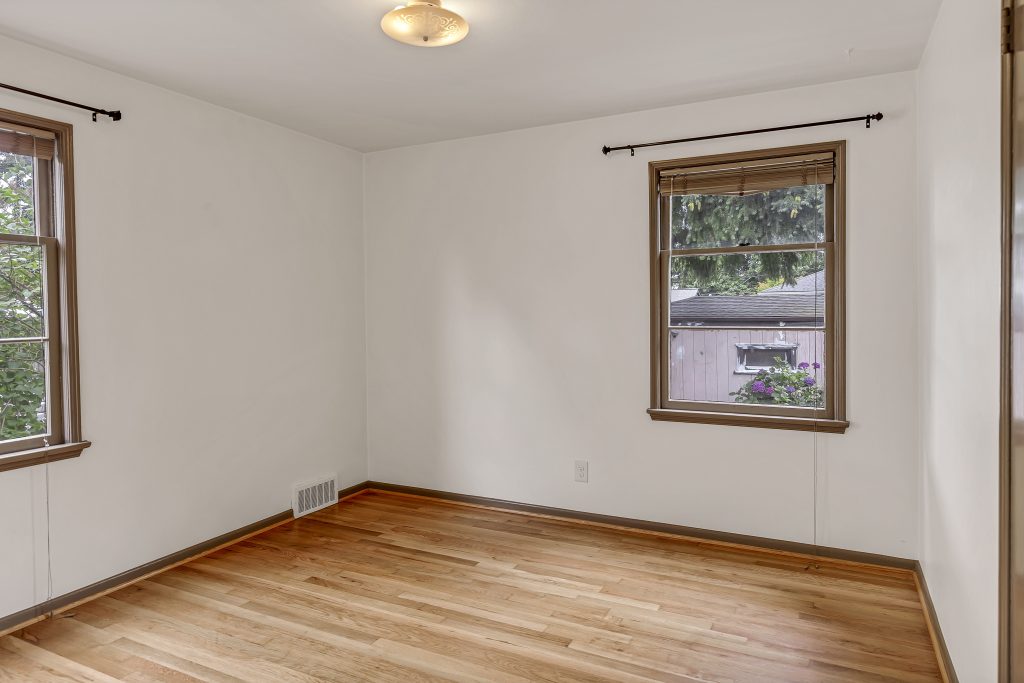
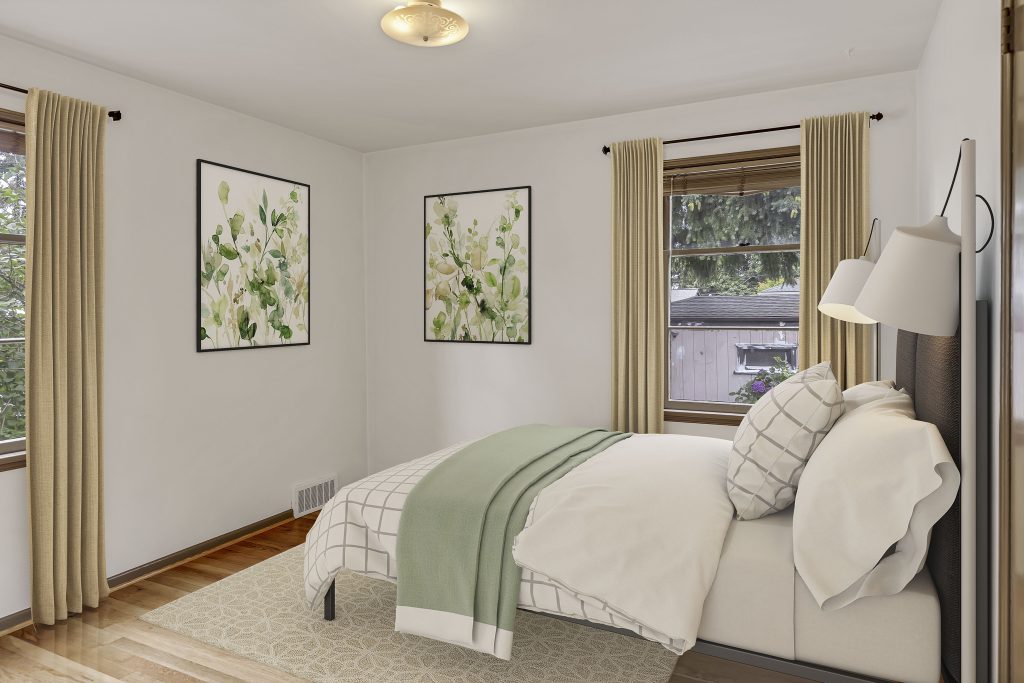
Before virtual staging
After virtual staging
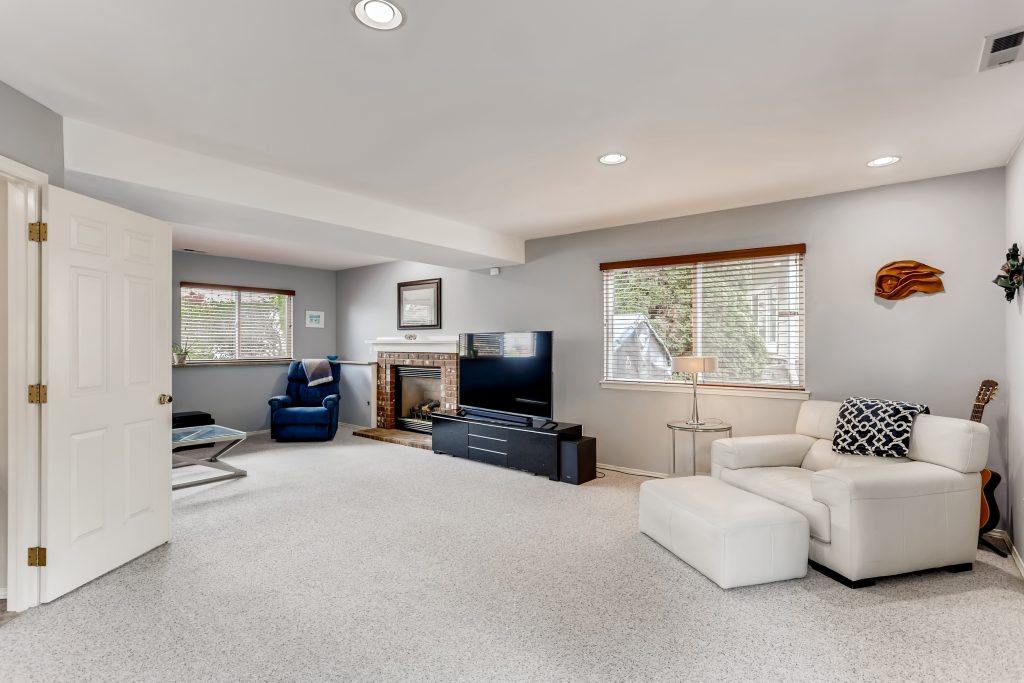
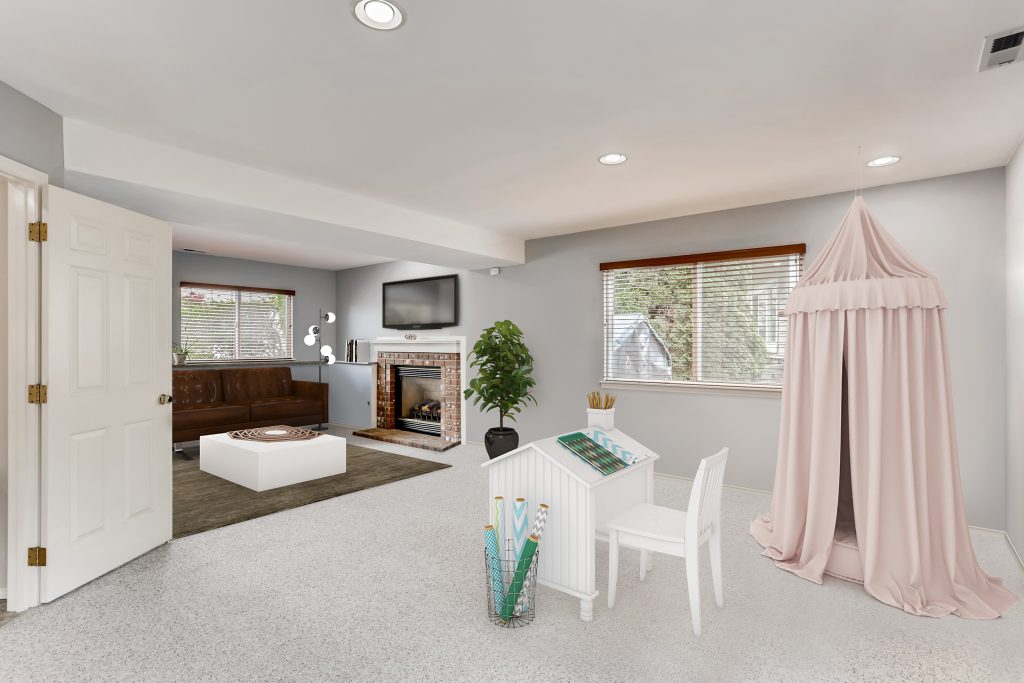
Before virtual furniture replacement
After virtual furniture replacement
How does virtual staging compare to traditional home staging when it comes to cost?
When it comes to the cost of preparing a home for sale, virtual staging is a more affordable option than traditional home staging. With virtual staging, there is no need to rent or purchase furniture or other items to stage the home. In addition, there are no labor costs. The only cost is the fee charged by the virtual stager and that depends on the number of photos you need to digitally furnish or modify. Traditional home staging can be expensive, especially if you hire a professional stager. In addition to the cost of renting furniture and accessories, you will also have to pay for labor costs associated with setting up and taking down the staging. As a result, traditional home staging can be a costly endeavor, but in many cases, the cost of hiring a professional home stager is offset by the increased value of the home.
In general, the cost of virtual staging can range from $20 to $100 per photo, depending on the complexity of the project, while traditional home staging costs from a few hundred dollars to a few thousand, depending on the size of the home and the number of rooms that need to be staged. Some home stagers charge 1% of the home’s selling price and most of the times companies charge extra for the monthly furniture rental.
How does virtual staging compare to traditional home staging when it comes to time?
Virtual staging is less time-consuming than traditional methods, so you can get your home on the market more quickly. All you need is a good quality photo of the empty room and a company that will do the work for you (like mine 😉). The turn around time is usually 24 to 72 hours, depending on the number of photos and the complexity of the edits. On the other hand, the length of time required to stage a house depends on the size and condition of the property, as well as the amount of work that needs to be done. In general, it takes anywhere from a few days to several weeks to stage a house properly.
The bottom line: which is better for you? Virtual staging or traditional home staging?
When selling their home, many homeowners are undecided about whether to go the traditional home staging route or the newer virtual staging alternative. Both courses of action have their pros and cons, so it’s important to weigh your options before deciding which is right for you.
The downside of traditional home staging is that it can be expensive and time-consuming. You also run the risk of your (or the stager’s) furniture and decor not appealing to everyone – some people might prefer a more minimalist style, for example. However, home staging can also be very effective in helping the home sell quickly since it helps get a true sense of the home’s potential.
Virtual staging, on the other hand, is a much more affordable and fast option. The downside is that some buyers might not be able to see past the digital images. While it is not as realistic as traditional home staging, it can still give buyers a good sense of what the home looks like and how it could be decorated.
So, which should you choose? Ultimately, it depends on your budget and how much time you have. If you’re short on time and money, virtual staging might be the way to go. But if you want to really show off your home’s potential, home staging is probably the better option.
I don’t do traditional staging anymore, but if you have any questions about virtual staging, feel free to reach out to me. I’m always happy to help!







Love your post on RCE’s Workplace – Thank you for sharing & being an important part of our community 🙂
Thank you, Dustin!
Nicely written blog article!
Thank you, William, I’m glad you like it!